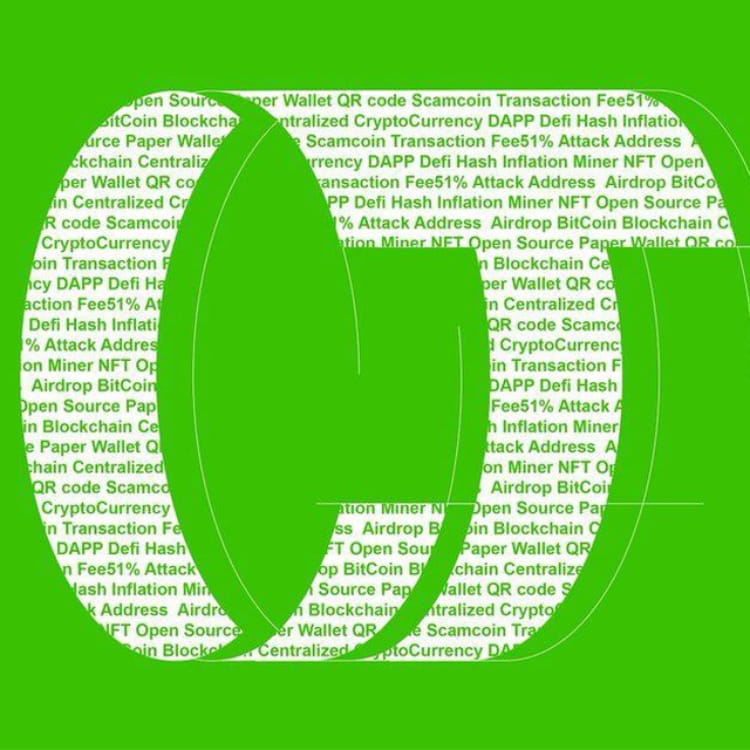
DOLA Borrowing Right priceDBR
DBR/USD price calculator
DOLA Borrowing Right market Info
Live DOLA Borrowing Right price today in USD
Do you think the price of DOLA Borrowing Right will rise or fall today?
Now that you know the price of DOLA Borrowing Right today, here's what else you can explore:
How to buy DOLA Borrowing Right (DBR)?How to sell DOLA Borrowing Right (DBR)?What is DOLA Borrowing Right (DBR)What would have happened if you had bought DOLA Borrowing Right (DBR)?What is the DOLA Borrowing Right (DBR) price prediction for this year, 2030, and 2050?Where can I download DOLA Borrowing Right (DBR) historical price data?What are the prices of similar cryptocurrencies today?Want to get cryptocurrencies instantly?
Buy cryptocurrencies directly with a credit card.Trade various cryptocurrencies on the spot platform for arbitrage.DOLA Borrowing Right price prediction
When is a good time to buy DBR? Should I buy or sell DBR now?
What will the price of DBR be in 2026?
In 2026, based on a +5% annual growth rate forecast, the price of DOLA Borrowing Right(DBR) is expected to reach $0.06662; based on the predicted price for this year, the cumulative return on investment of investing and holding DOLA Borrowing Right until the end of 2026 will reach +5%. For more details, check out the DOLA Borrowing Right price predictions for 2025, 2026, 2030-2050.What will the price of DBR be in 2030?
About DOLA Borrowing Right (DBR)
The Historical Significance and Key Features of Cryptocurrencies
Cryptocurrencies have come a long way since the introduction of Bitcoin in 2009. Over the last decade, these digital currencies have not only increased in number but also in acceptance and importance in the world economy. They have led to a paradigm shift in how we view and understand the concept of currencies, and have significantly influenced the way transactions are carried out on a global scale. Here, we delve into the historical significance, various key features, and the potential future of cryptocurrencies.
Historical Significance of Cryptocurrencies
Bitcoin, introduced by an anonymous figure using the pseudonym Satoshi Nakamoto, marked the beginning of the cryptocurrency era. It was designed to create a decentralized financial system where monetary terms and policies were not under the control of any government or financial institution. This opened an array of globally accessible financial opportunities, rendering people more in control of their assets. The success of Bitcoin sparked the development and introduction of several other cryptocurrencies.
Historically, the worth and usage of cryptocurrencies have seen significant ups and downs, with several factors such as country regulations, security concerns, and technological acceptance impacting their value. Despite the volatility, the rise in the number of cryptocurrencies is reflective of the overall acceptance of the technology.
Key Features of Cryptocurrencies
Decentralization: One of the most noteworthy features of cryptocurrencies is their decentralization. They function on a technology called blockchain, which is a distributed ledger enforced by a disparate network of computers. Decentralization implies that these currencies are not regulated or controlled by any governmental body or financial institution.
Security: Cryptocurrencies are secured through cryptography, making them highly secure. Transactions once made are immutable, thereby providing protection against fraud.
Peer-to-Peer Transactions: Cryptocurrencies facilitate peer-to-peer transactions without the need for intermediaries. This allows for direct, fast, and cost-efficient exchange of assets.
Accessible: Cryptocurrencies can be sent and received across geographical boundaries without any restriction thereby making it universally accessible.
Anonymity and Privacy: Some cryptocurrencies offer enhanced privacy and anonymity. Transaction details often don't include the identities of the people involved, ensuring some degree of privacy.
Cryptocurrencies: Looking Forward
Cryptocurrencies have revolutionized our perception of money, finance, and the digital world. They have introduced a novel financial structure which values freedom, security, and decentralization.
However, like any other technological innovation, cryptocurrencies also have their own set of challenges such as volatility, regulatory friction and adoption rates. Nevertheless, as the technology and acceptance evolve, the future of cryptocurrencies appear promising and the scope and potential for growth is vast.
In conclusion, the historical saga of cryptocurrencies marks an extraordinary shift in the world economy. Their unorthodox features such as decentralization, security, and peer-to-peer transactions have challenged the traditional financial systems. While cryptocurrencies continue to evolve overcoming their hurdles, they undeniably stand to symbolize a significant chapter in the annals of digital evolution.
Bitget Insights




DBR/USD price calculator
DBR resources
Tags:
What can you do with cryptos like DOLA Borrowing Right (DBR)?
Deposit easily and withdraw quicklyBuy to grow, sell to profitTrade spot for arbitrageTrade futures for high risk and high returnEarn passive income with stable interest ratesTransfer assets with your Web3 walletHow do I buy DOLA Borrowing Right?
How do I sell DOLA Borrowing Right?
What is DOLA Borrowing Right and how does DOLA Borrowing Right work?
Global DOLA Borrowing Right prices
Buy more
FAQ
What is the current price of DOLA Borrowing Right?
What is the 24 hour trading volume of DOLA Borrowing Right?
What is the all-time high of DOLA Borrowing Right?
Can I buy DOLA Borrowing Right on Bitget?
Can I get a steady income from investing in DOLA Borrowing Right?
Where can I buy DOLA Borrowing Right with the lowest fee?
Related cryptocurrency prices
Prices of newly listed coins on Bitget
Hot promotions
Where can I buy crypto?
Video section — quick verification, quick trading









